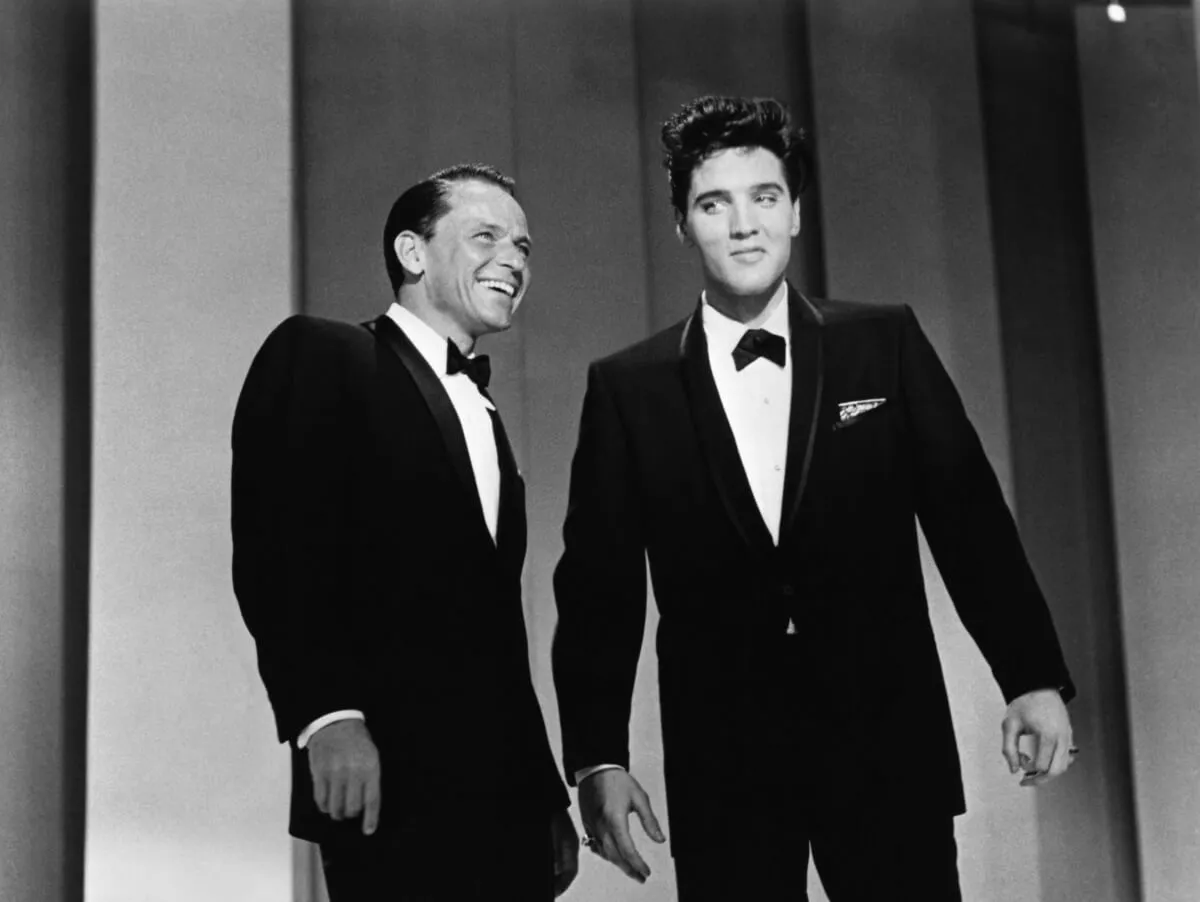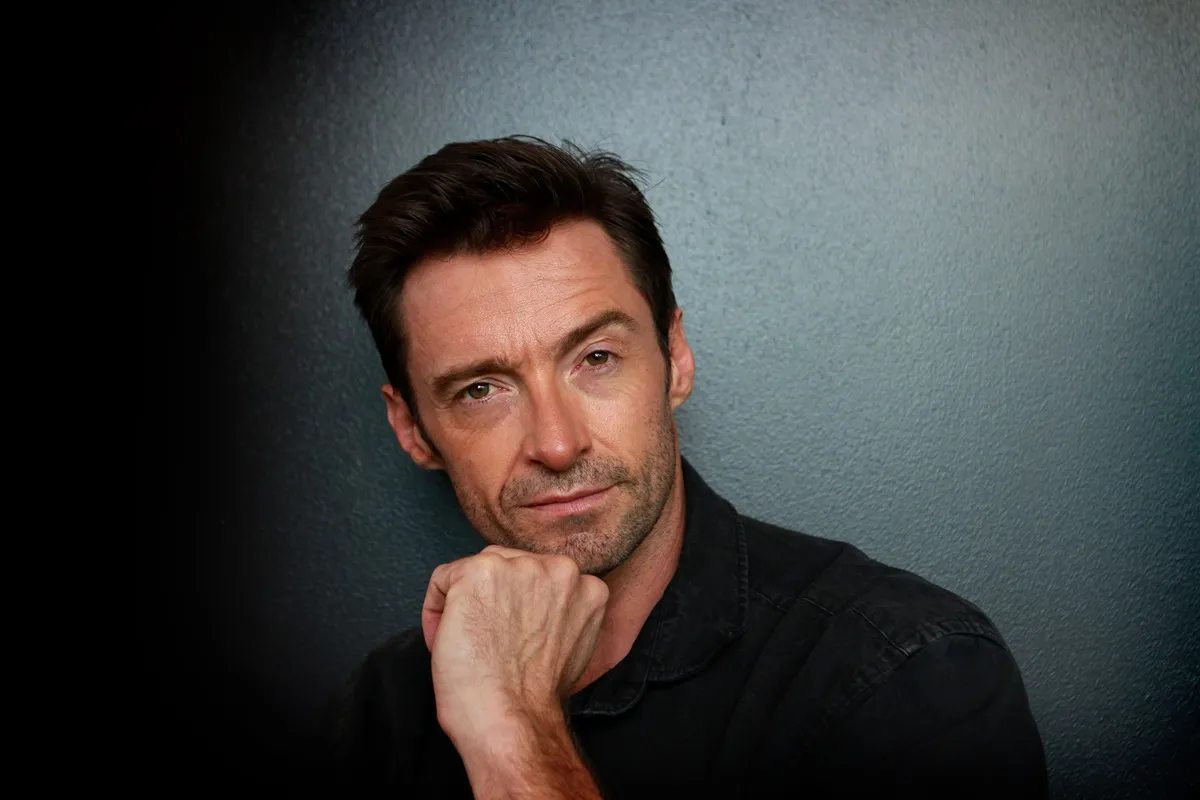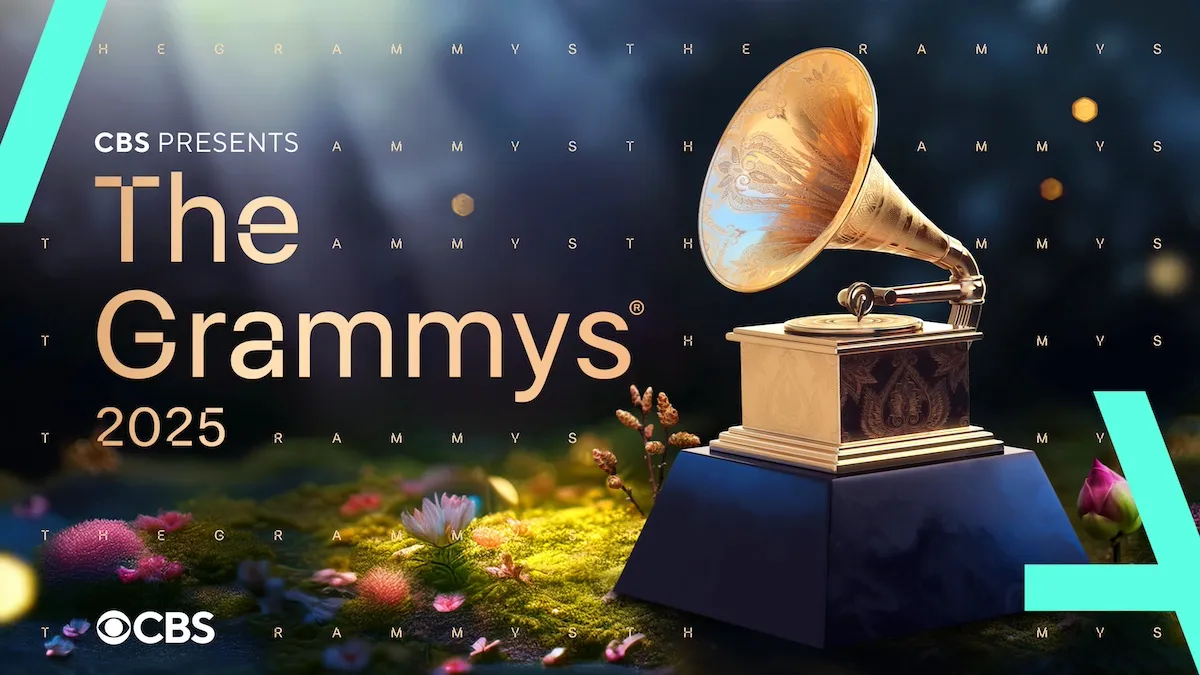‘Miami Vice’: Why City Officials Didn’t Like the Idea of the Show
Looking back on the run of Miami Vice (1984-89), you can’t overstate the impact the show had on the city. In fact, you might ask where the show’s production designers stopped and the actual city began. For his part, executive producer Michael Mann saw the line clearly.
“We took [Miami’s] cultural essence, falsified what it looked like with selective art direction and put it on TV,” Mann told The Washington Post in 1985. “Now Miami is trying to make itself look like the Miami on the show.”
Decades later, most would agree that Miami succeeded on that front. But it didn’t appear the city was headed that way in the beginning. As Mann and his producers looked for cooperation with city officials early on, they felt some pushback against their vision of Miami.
‘Miami Vice’ dealt with officials who wanted to hide Miami’s dark side
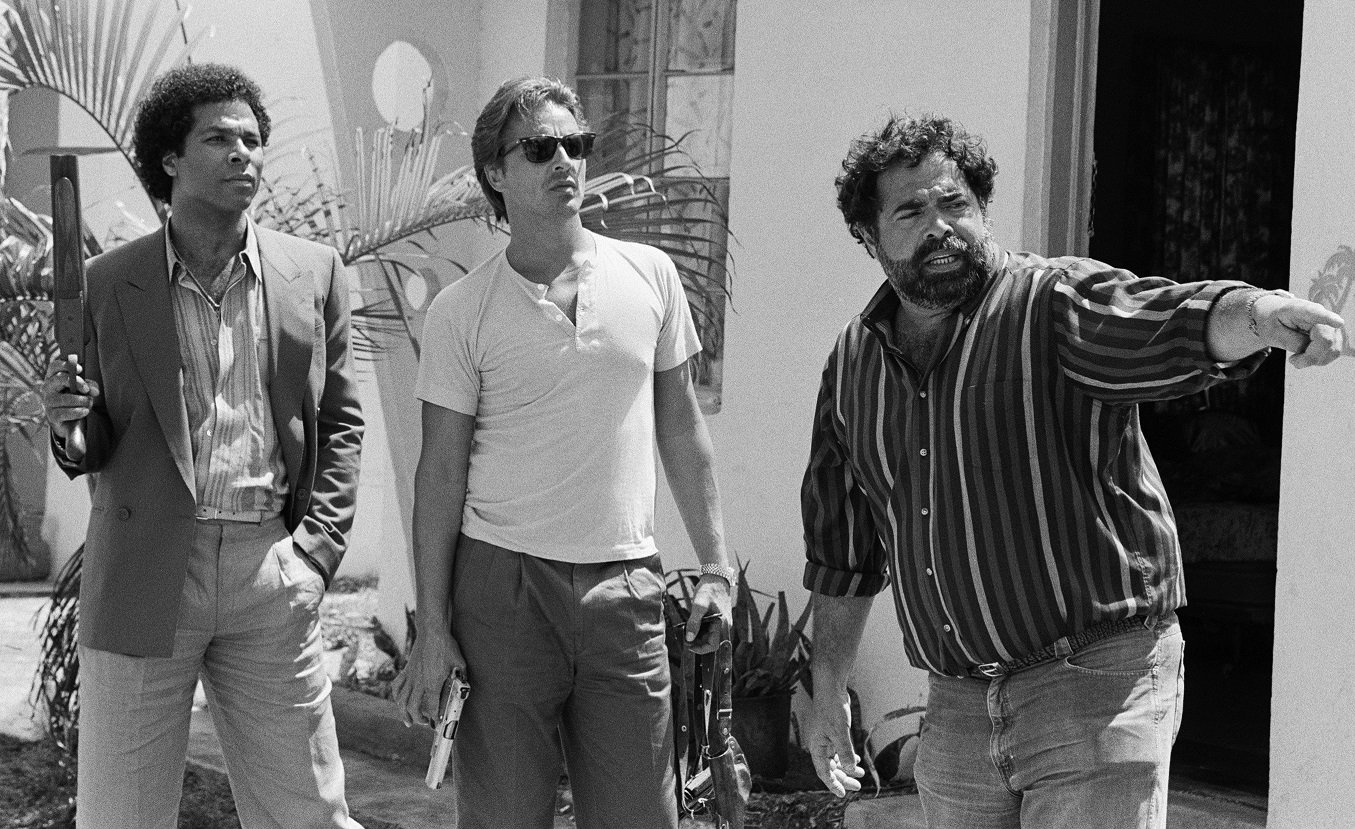
Anthony Yerkovich, who created Miami Vice, told Time he had been looking at the city as “a modern-day Casablanca” when he wrote the pilot. “Miami has become a sort of Barbary Coast of free enterprise gone berserk,” Yerkovich said early on in the show’s run.
Needless to say, that didn’t sound like a winning slogan for the Miami tourism board. And the show’s scenes of kidnappers, prostitutes, smugglers, and machine-gun-wielding traffickers frightened them even more. But that didn’t stop Mann and his production team.
“[The city boosters’] attitude was absurdly provincial,” Mann told the Post. “They wanted some goody-goody, boring show no one would watch.” In Mann’s view, the danger lurking in various corners of the city was exciting. And trying to hide it would be counterproductive.
“That would have really made people stay away,” he told the Post. “It was like saying Kojak keeps people away from New York.” Before long, the folks who worried about tourists shying away from Miami became quite accommodating to producers.
Miami came to remake itself in the image of ‘Miami Vice’
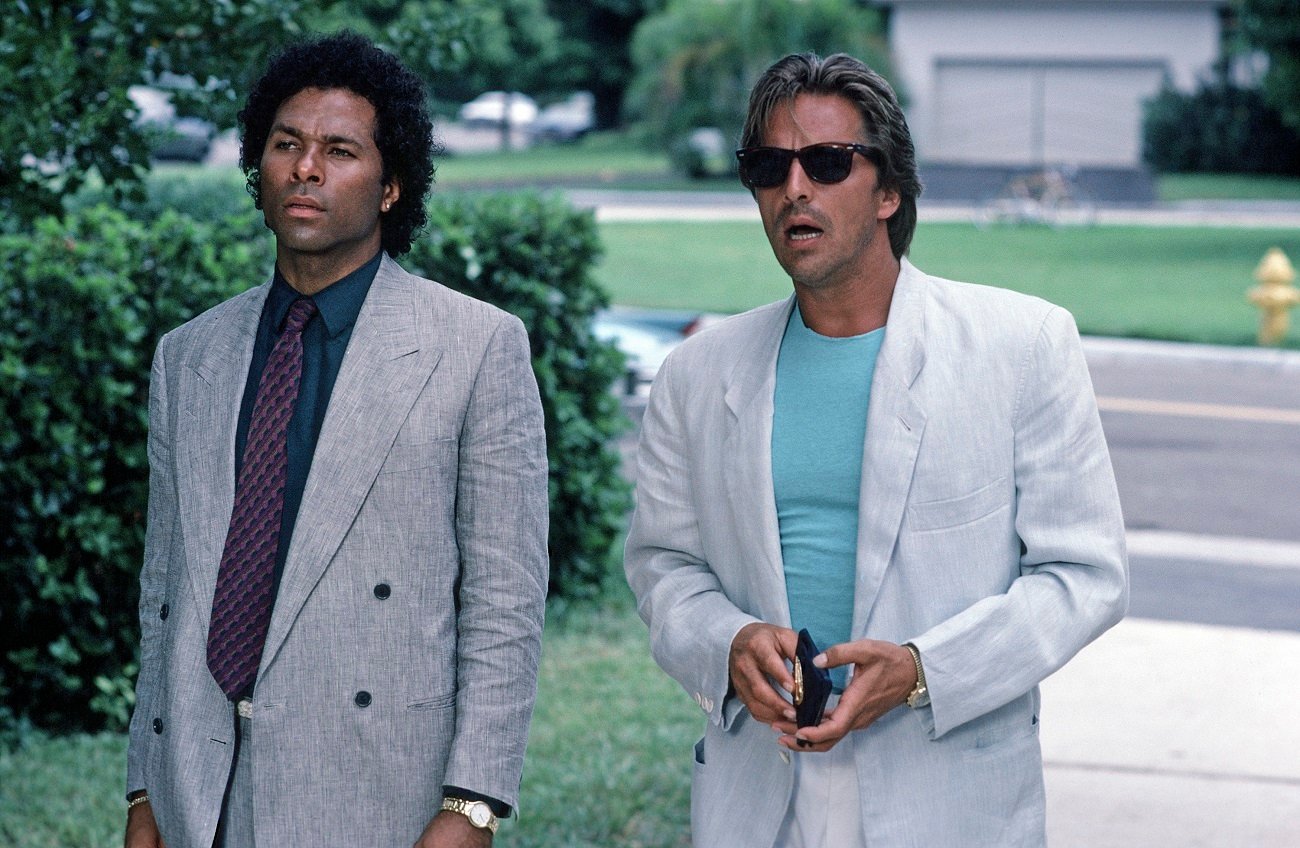
For a production that thrived on car chases and seedy location shoots, Miami’s rough-around-the-edges mid-’80s look suited Miami Vice fine. Though the pilot’s production had to halt due to danger in the city, more often than not producers used the edge to their advantage.
That included putting the show’s stamp on the city. “We painted the facades of virtually every building up and down Collins Avenue and Ocean Avenue to match the color palettes that we had for the show,” star Don Johnson recalled in a 2014 Rolling Stone interview. “At the time, there were no cool people down there.”
A few years into Miami Vice’s run, that changed. Tourists flocked to the city in greater numbers. And by the time the show wrapped, the city couldn’t get enough of the series’ distinctive style. “The whole town kind of reinvented itself in the image of a TV show,” Johnson told Rolling Stone.
